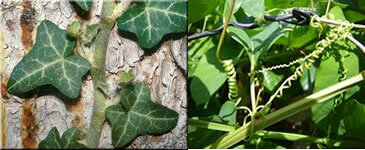Concretism, an avant-garde literary current that began in 1956, had as creators the São Paulo poets Décio Pignatari and the brothers Augusto and Haroldo de Campos. Concretist poetry drastically broke with the discursive structure of traditional verse, proposing the creation of free poetry of any subjectivity and any intimacy, continuing the aesthetics so defended by the poet João Cabral de Melo Grandchild.
Geometrization and visualization of language: this is the poetic conception of Concretism, a movement that appropriated procedures adopted by leading European currents, especially Futurism and Cubism. This stylistic rescue established an interesting dialogue with another avant-garde, Modernism, a movement led by the also triad: Manuel Bandeira, Oswald and Mário de Andrade. Just like in the heroic phase of Modernism, the concretist poets sought a new language and, for this, they used various supports and technical means, among them books, magazines, newspapers, posters, videotext, holography, among other resources that transformed the poet into an artist plastic.
O Concretism it still influences poets, plastic artists and musicians, thus proving the relevance of this innovative and subversive literary current. In order for you to understand a little more about concrete poetry, Brasil Escola has selected five poems from Concretism that they will present to you a literature totally different from what you've seen, a literature that dialogues perfectly with other manifestations artistic. Good reading!
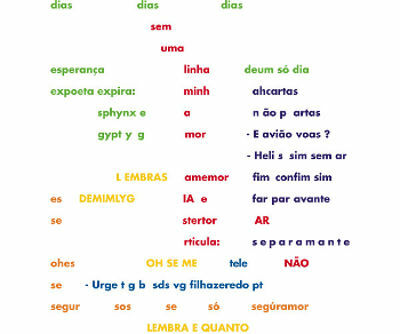
Augusto de Campos: days days days, 1953
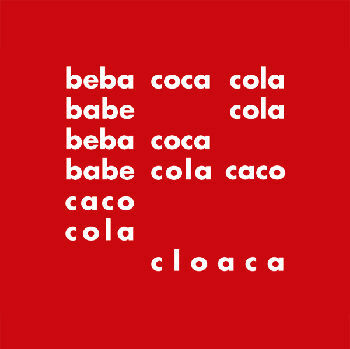
Décio Pignatari: Drink Coca-Cola, 1957
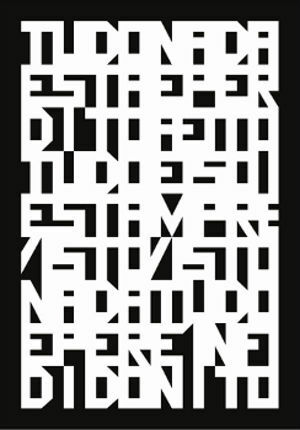
Augusto de Campos: everything is said, 1974
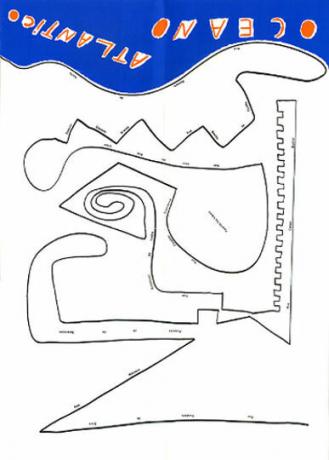
Haroldo de Campos: crystal, 1958
By Luana Castro
Graduated in Letters
Source: Brazil School - https://brasilescola.uol.com.br/literatura/imagem-palavra-cinco-poesias-concretismo.htm

